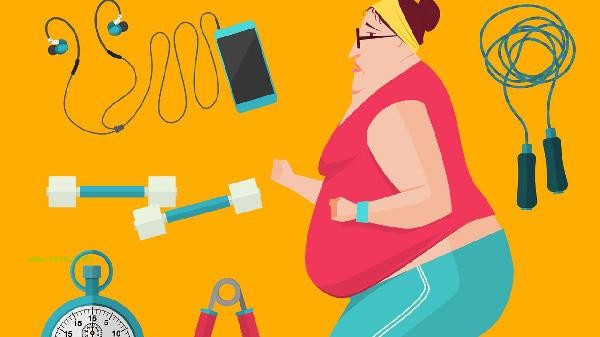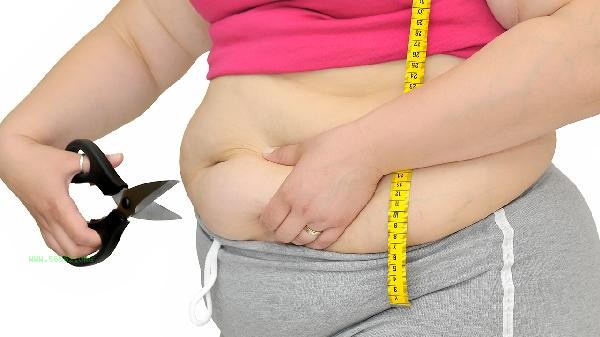The three meals a day for scientific weight loss can follow the formula of "eating carbohydrates in the morning, meat in the afternoon, and enough vitamins in the evening", combined with the principle of "less oil, less salt, high protein, and controlling the total amount of coarse and fine ingredients". The main methods include high fiber and slow carbon breakfast, high-quality protein pairing for lunch, low calorie and high fiber dinner, controlling oil, salt and sugar intake throughout the day, and allocating eating time reasonably.

1. High fiber and slow carbon breakfast:
Choose low glycemic index staple foods such as whole wheat bread and oatmeal, and pair them with eggs or low-fat milk to provide protein. These complex carbohydrates have slow digestion and can maintain a sense of fullness for a longer period of time, avoiding adding meals in the morning. A small amount of nuts can be added to supplement healthy fat, but the intake of nuts should be controlled within 15 grams.
2. High quality protein pairing for lunch:
focuses on high-quality protein such as chicken breast, fish, and lean beef, paired with dark vegetables such as broccoli and spinach. The recommended protein intake is 1.2-1.5 grams per kilogram of body weight, using low oil cooking methods such as steaming and boiling. The staple food can be selected from coarse grains such as brown rice and quinoa, accounting for 1/4 of the plate.
3. Low calorie and high fiber dinner:

mainly consists of mushrooms and green leafy vegetables, paired with tofu and other plant proteins. Avoid refined carbohydrates and choose low calorie alternatives such as konjac silk and konjac. The calorie intake for dinner should be controlled at 300-400 calories, and it is recommended to finish eating 3 hours before bedtime to help with digestion and metabolism.
4. Control oil, salt, and sugar intake throughout the day:
Eat no more than 25 grams of oil and 5 grams of salt per day, and avoid adding sugar intake. Choose healthy oils such as olive oil and flaxseed oil, and use low salt cooking methods such as cold mixing and stewing. Be wary of hidden sugars, and choose sugar free versions for drinks such as juice and yogurt.
5. Reasonably allocate eating time:
adopts the "3+2" mode, which means three main meals and two additional meals. You can choose low calorie foods such as sugar free yogurt and small tomatoes as an extra meal, with no more than 100 calories per meal. Maintain a 4-5 hour interval between meals to avoid overeating caused by prolonged fasting.

During weight loss, the daily water intake should reach 2000-2500 milliliters, consumed in small portions. Ensure 7-8 hours of sleep to avoid staying up late and affecting leptin secretion. Cooperate with 150 minutes of moderate intensity exercise per week, such as brisk walking, swimming, and other aerobic exercises combined with strength training. Regularly monitor changes in body fat percentage rather than simply focusing on weight, and adjust dietary structure instead of extreme dieting during the plateau period. Maintain long-term dietary habits and establish sustainable healthy eating patterns.



Comments (0)
Leave a Comment
No comments yet
Be the first to share your thoughts!